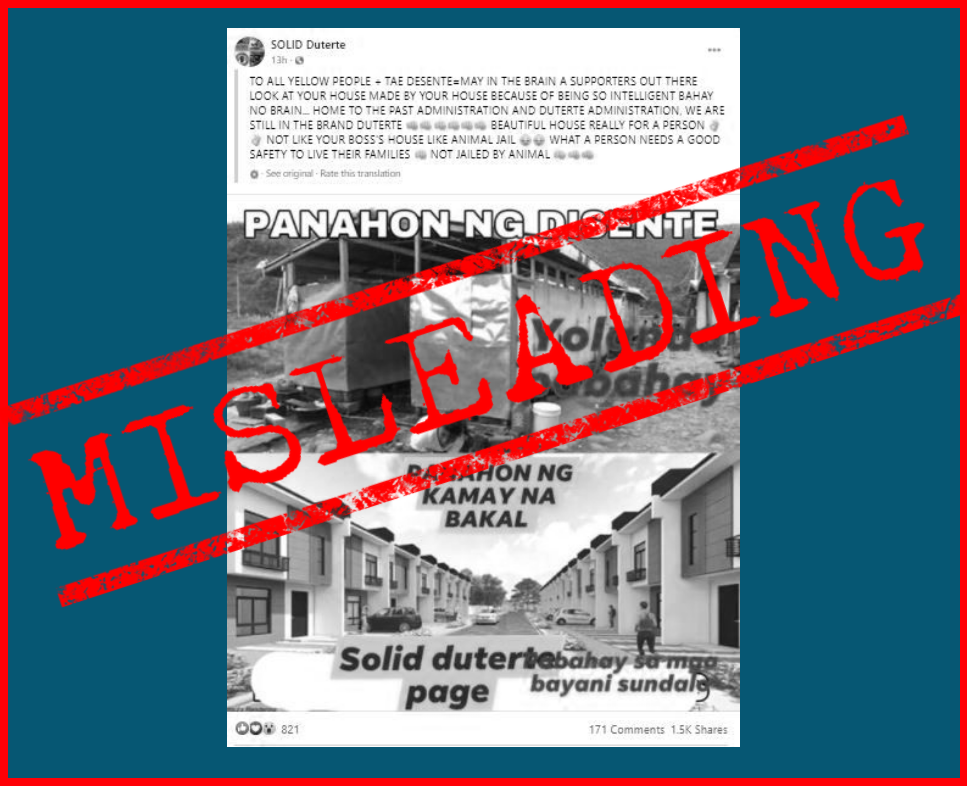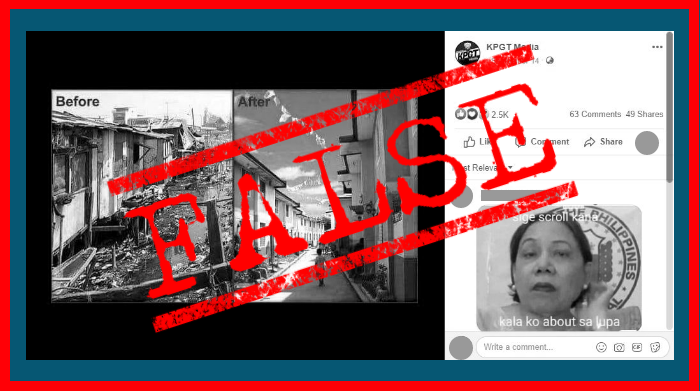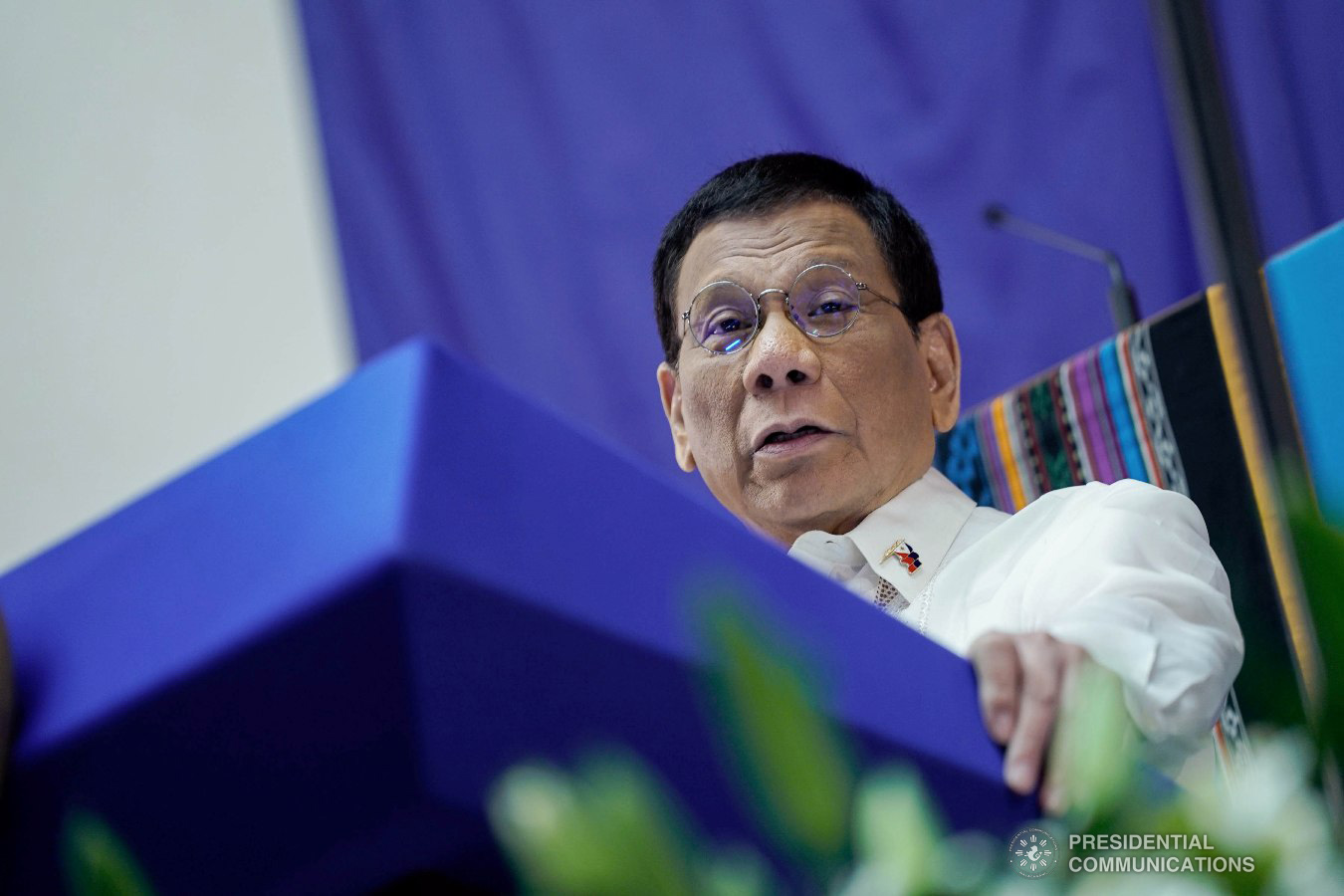President Rodrigo Duterte signed Feb. 14 a law creating the Department of Human Settlements and Urban Development (DHSUD), which aims to address delays in the implementation of the government’s housing programs by merging existing agencies into one national government entity.
Republic Act 11201 was made public Feb. 19. The law consolidates the Housing and Urban Development Coordinating Council and the Housing and Land Use Regulatory Board.
Meanwhile, other agencies such as the National Housing Authority and the Home Development Mutual Fund will serve as attached agencies.
The DHSUD is expected to eliminate the “bureaucratic ills” that hinder the delivery of housing programs given the fragmented nature of the housing sector. In the past, there have been at least seven different housing agencies, resulting in numerous inter-governmental transactions in acquiring permits and licenses.
The DHSUD is only one of the government’s strategies to address the country’s estimated housing backlog of 6.8 million housing units by 2022.
These targets and proposals are outlined in the Philippine Development Plan (PDP) 2017-2022. We list down some of them in this fact sheet.
The Philippines’ housing targets
From 2017 to 2022, the government intends to provide direct housing assistance to more than 1.56 million families through housing programs and financing.
Meanwhile, indirect housing assistance, in the form of socialized housing and loans, among others, will be extended to 1.58 million households.
Land acquisition for housing and resettlement areas
Problem: The lack of suitable and affordable land has been a “perennial problem” in housing especially in relocating informal settler families living in danger zones, the PDP noted.
As of 2011, there were around 1.5 million informal settler families nationwide, 39 percent of whom are in Metro Manila, where access to decent and affordable shelters has been particularly difficult due to rapid urbanization.
Meanwhile, in the case of permanent housing for areas hit by Typhoon Yolanda, the NHA completed only around 29,000 out of more than 205,000 target housing units as of 2016.
The PDP attributes this shortfall to the lack of suitable sites due to classification of danger areas or “no-build zones” and protected areas, among others.
Solution: Aside from land ownership, the government will start to explore other approaches to land acquisition and fast-track the inventory of lands for housing.
These include usufruct or temporary rights to use one’s property, long-term leases, lease variants and land-banking, which are seen to address affordability issues, according to the PDP.
Using an “integrated land and informal settler families information system,” the government will identify its idle land assets that can be used in socialized and low-cost housing. It will also locate informal settlers, government properties, forfeited properties, and hazard areas—to incentivize people to move out of hazard-prone areas.
The high cost of housing and low occupancy of resettlement sites
Problem: Informal settler families do not voluntarily relocate to resettlement areas, citing several reasons, such as lack of livelihood opportunities in off-city resettlement sites and the high cost of housing units.
Of more than 83,000 housing units built under the P50-billion Oplan Likas program, which sought to relocate informal settler families, 89 percent are located outside Metro Manila, where power and water connection are often delayed.
In 2017, the Department of Budget and Management also reported at least 15,000 unoccupied houses in 26 resettlement sites completed by the National Housing Authority.
Solution: The PDP proposes to make off-city relocation a “last resort” when relocating informal settlers so that beneficiaries will not be relocated far from their jobs, schools and hospitals.
This means prioritizing relocation within the city by promoting the use of vertical developments and high-density mass housing to maximize space in urban areas.
To reduce the cost of housing and fast-track construction, the PDP also recommends the use of “alternatives and innovative solutions” for the housing needs of low-income earners and vulnerable sectors.
These include cost-efficient and indigenous technology for housing construction, and other approaches like public rental housing, mixed-income housing development, microfinance initiatives, and housing cooperatives that will “help address the issue of low occupancy rate and cater more sustainably to the needs of the homeless, poor, and underprivileged beneficiaries.”
Sources
National Economic and Development Authority, Philippine Development Plan 2017-2022
National Economic and Development Authority, Sufficient housing needed to address poverty — NEDA, Sept. 26, 2018
Official Gazette, Republic Act No. 11201, Feb. 19, 2018
Senate of the Philippines, Senate Bill No. 1578
Senate of the Philippines, Sen. Ejercito pushes for the creation of housing department as the nation remembers ‘Yolanda’, Nov. 9, 2018
Senate of the Philippines, Sponsorship speech: Department of Human Settlements and Urban Development, Sept. 20, 2017
Senate of the Philippines, Creation of one housing department awaiting President’s signature, Jan. 22, 2019
(Guided by the code of principles of the International Fact-Checking Network at Poynter, VERA Files tracks the false claims, flip-flops, misleading statements of public officials and figures, and debunks them with factual evidence. Find out more about this initiative and our methodology.)




